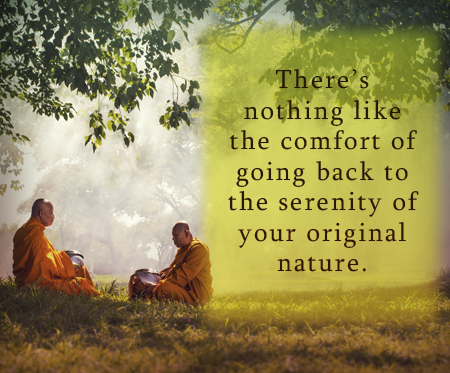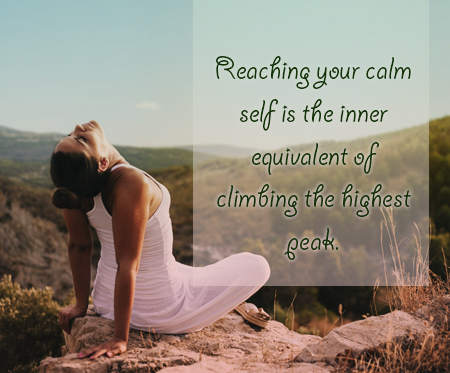What to Expect When Starting a Yoga Routine
Yoga. We’ve all heard the word and seen the mats everyone seems to carry around with them these days. But can yoga really help improve your health and fitness levels?
The answer is yes, definitely – provided that you start safely and sensibly and know what to expect.
Why Yoga?
Yoga can help you get fit quickly and safely because it uses the weight of your body to tone and trim. It is low impact, and good for people of all ages and body types who want to build their strength and stay fix and flexible.
You’re Never too Old for Yoga
Yoga is ideal even for seniors because it can improve range of motion, balance and stability. It also relieves stiffness. The long lean muscle built through yoga can protect bones and aging joints in order to keep you mobile and injury-free. Those muscles can also help boost your metabolism so you will burn more calories, which is ideal if you wish to lose weight.
Thousands of Years of Proof That It Works
Yoga has been used for thousands of years for health, healing and fitness. It may seem weird or “New Age” to us in the West, but the truth is that Hatha yoga has been practiced for thousands of years in the Far East.
The health benefits of a regular yoga practice include increased:
* Concentration
* Strength
* Flexibility
* Long, lean muscle
* Stamina
Yoga will decrease:
* Anxiety
* Stress
* Tension
* Blood pressure
* Stiffness
Safety First
Before you start to twist yourself into a pretzel, it is important to put safety first. If you have any underlying health issues, check with your doctor before starting yoga. Choose a yoga that is low impact, such as Hatha, Kundalini or Vinyasa, compared to the more demanding forms such as Bikram (hot yoga) or Ashtanga.
Be aware of any old or recent injuries and protect your back and knees. Start with yoga poses that can work your core muscles, such as Mountain, Tree, and the Warrior series of poses, and Plank pose. A good set of abdominal and back muscles will give your practice stability and help keep you safe.
Don’t believe the myth of “no pain, no gain” in reference to yoga. That is the surest way to sideline yourself with a potentially serious injury. After a workout, it is natural to feel a little sore the next day, but if this persists, rest those muscles until the strain in healed.
Practice on a level surface and use a non-skid mat so you do not slip. It will cushion your joints as well when doing your poses. Warm up before and cool down after with some gentle stretching. Stay warm but not too hot. Cold muscles will tense can be injured more easily.
If you are using a DVD, work at your own pace. Pause it as needed. If you are confused, look up the poses online at a reliable site like Yoga Journal.
Enjoy your meditations. Think of them as a mini-break from your daily life even if some of them seem weird. Chanting mantras such as OM might also seem a bit odd, but you will soon notice your body, mind and spirit all becoming in tune with each other.
Don’t skip deep relaxation at the end. This is usually done lying down in Corpse pose and is a great way to de-stress.
Now that you know what to expect, start a daily yoga practice and see what a difference it can make to your health.












